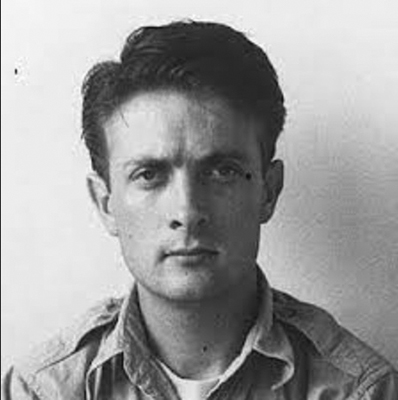KENNETH NOLAND (1924-2010)
 Kenneth Noland (1924 - 2010) was an American abstract painter. He was one of the best-known American Color field painters, although in the 1950s he was thought of as an abstract expressionist and in the early 1960s he was thought of as a minimalist painter. Noland helped establish the Washington Color School movement. In 1977 he was honored by a major retrospective at the Solomon R. Guggenheim Museum, in New York that then traveled to the Hirshhorn Museum and Sculpture Garden in Washington, DC. and the Toledo Museum of Art, in Ohio in 1978. In 2006 Noland’s Stripe Paintings were exhibited at the Tate in London.
Kenneth Noland (1924 - 2010) was an American abstract painter. He was one of the best-known American Color field painters, although in the 1950s he was thought of as an abstract expressionist and in the early 1960s he was thought of as a minimalist painter. Noland helped establish the Washington Color School movement. In 1977 he was honored by a major retrospective at the Solomon R. Guggenheim Museum, in New York that then traveled to the Hirshhorn Museum and Sculpture Garden in Washington, DC. and the Toledo Museum of Art, in Ohio in 1978. In 2006 Noland’s Stripe Paintings were exhibited at the Tate in London.
Most of Noland’s paintings fall into one of four groups: circles, or targets, chevrons, stripes, and shaped canvases. Noland pioneered the shaped canvas, initially with a series of symmetrical and asymmetrical diamonds or chevrons. In these paintings, the edges of the canvas become as structurally important as the center. During the 1970s and 1980s his shaped canvases were highly irregular and asymmetrical. These resulted in increasingly complex structures of highly sophisticated and controlled color and surface integrity. Instead of painting the canvas with a brush, Noland’s style was to stain the canvas with color. This idea sought to remove the artist through brushstrokes. This made the piece about the art, not the artist. He emphasized spatial relationships in his work by leaving unstained, bare canvas as a contrast against the colors used throughout his paintings. Noland used simplified abstraction so the design would not detract from the use of color.


